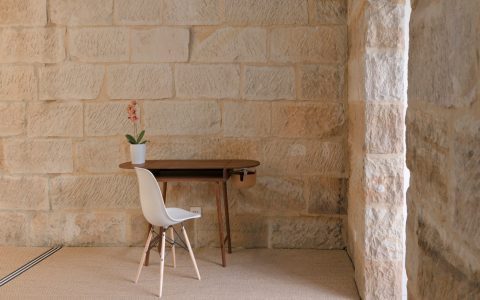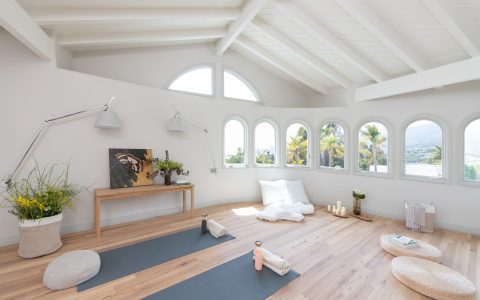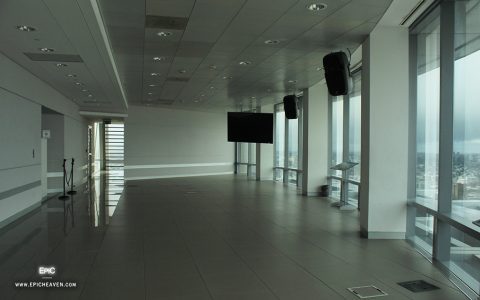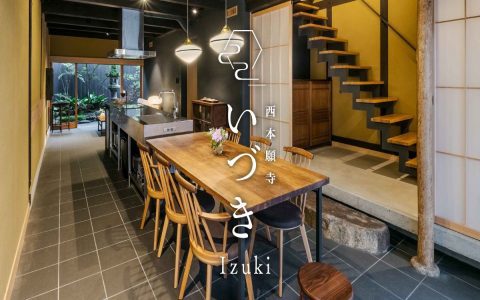Sandstone, a clastic sedimentary rock, is prized in architecture for its natural beauty and workability when fashioned into bricks or blocks. Its use imparts a sense of permanence and connection to the geological landscape.
Key Characteristics of Sandstone in Construction
Understanding sandstone's inherent properties is crucial for its successful application in architecture:
- Composition and Texture: Primarily composed of sand-sized quartz and/or feldspar grains cemented together. Its texture can range from fine to coarse, influencing both appearance and tooling.
- Color Variation: Sandstone offers a rich palette, naturally occurring in shades of tan, brown, yellow, red, grey, pink, and white, often with distinctive banding or veining.
- Workability: It is generally easier to cut, carve, and dress than harder stones like granite, allowing for detailed ornamentation and varied shaping of sandstone bricks and blocks.
- Porosity and Absorption: Sandstone typically exhibits notable porosity, meaning it can absorb water. This characteristic requires careful consideration in design to manage moisture and prevent issues like frost damage or salt efflorescence.
- Durability: The strength and durability of sandstone vary significantly depending on the cementing agent (e.g., silica, calcite, iron oxides, clay) and the degree of compaction. Siliceous sandstones are generally the most durable.
Advantages of Sandstone Brick Architecture
- Aesthetic Appeal: The natural color variations and textures create warm, inviting, and visually interesting facades and structures. Each sandstone unit can be unique.
- Thermal Performance: Sandstone possesses good thermal mass, contributing to passive temperature regulation within buildings by slowing heat transfer.
- Longevity: Properly selected and detailed sandstone can endure for centuries, as evidenced by numerous historic buildings worldwide.
- Design Flexibility: Available in various sizes, from standard brick dimensions to larger ashlar blocks, sandstone allows for diverse architectural expressions, from rustic to highly refined.
- Carving Potential: Its relative softness permits intricate carving for decorative elements such as lintels, sills, quoins, and sculptural features.
Important Considerations for Use
Effective use of sandstone bricks necessitates attention to certain factors:
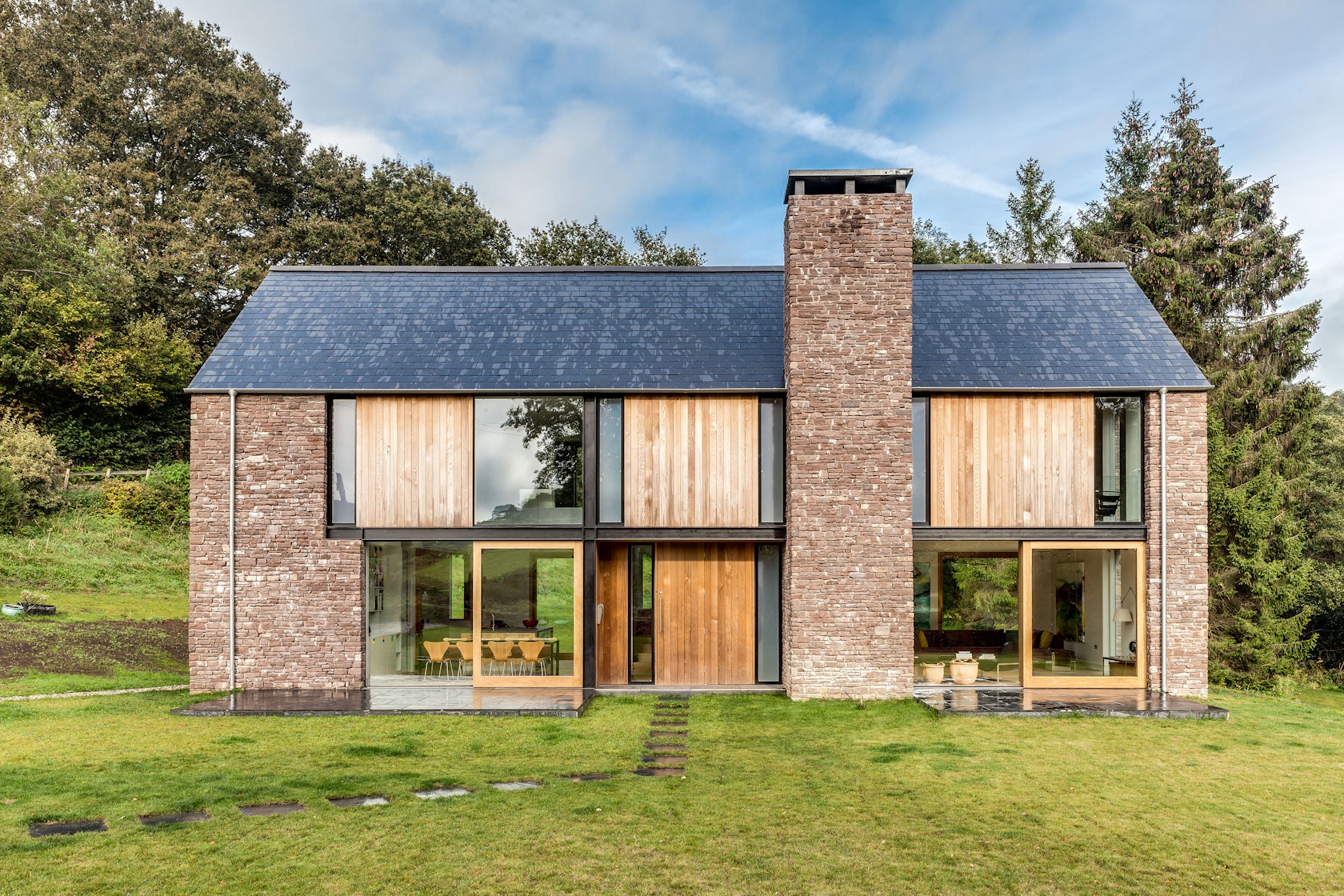
- Material Selection: Crucial to select sandstone appropriate for the specific climate (especially freeze-thaw cycles) and structural loads. Testing for compressive strength, absorption, and density is often advisable.
- Moisture Management: Designs must incorporate proper damp-proofing, flashing, and weep holes to prevent water accumulation within or behind the sandstone, mitigating risks of spalling, staining, and biological growth.
- Mortar Compatibility: Mortar selection is vital. It should typically be softer and more permeable than the sandstone itself to accommodate movement and allow moisture to escape. Lime-based mortars are often preferred.
- Weathering and Maintenance: All sandstones weather over time. The rate and type of weathering depend on the stone's properties and environmental exposure. While generally low-maintenance, periodic cleaning may be required. Sealing may be considered in specific applications but must be done with caution as improper sealing can trap moisture.
- Cost: Quarrying, transportation, cutting to precise brick dimensions, and skilled installation can make sandstone a more premium material compared to manufactured masonry units.
Applications in Architecture
Sandstone bricks and blocks are versatile and have been used in:
- Load-bearing Masonry: Historically used for structural walls in residential, civic, and religious buildings.
- Cladding and Veneers: Commonly applied as a non-structural facing material over a structural frame, lending its aesthetic qualities to modern constructions.
- Decorative Features: Window and door surrounds, columns, balustrades, cornices, and interior feature walls.
- Paving and Landscaping: Utilized for patios, walkways, garden walls, and steps due to its durability and natural appearance.
Sandstone brick architecture leverages the material's inherent qualities to create buildings that are both aesthetically pleasing and enduring, connecting contemporary design with a timeless geological heritage.

